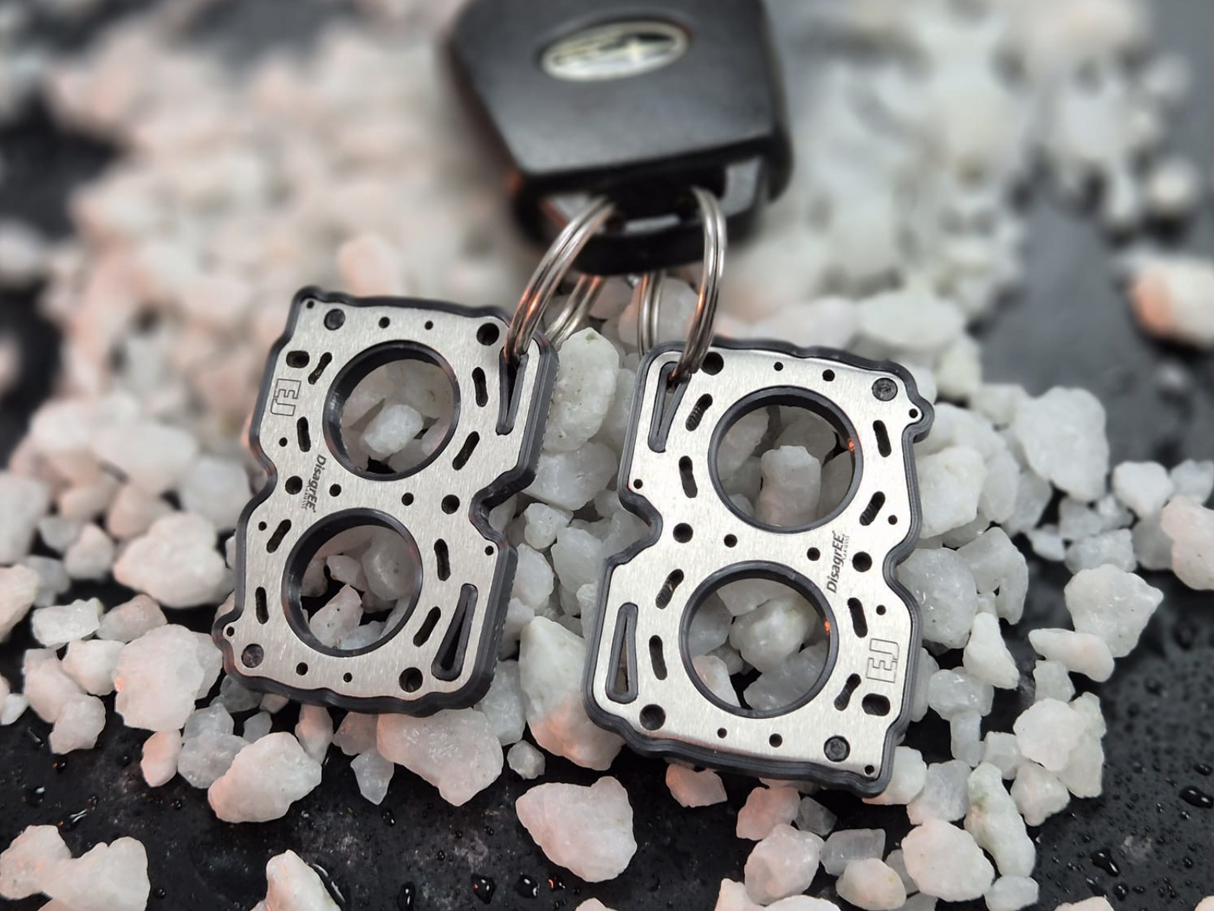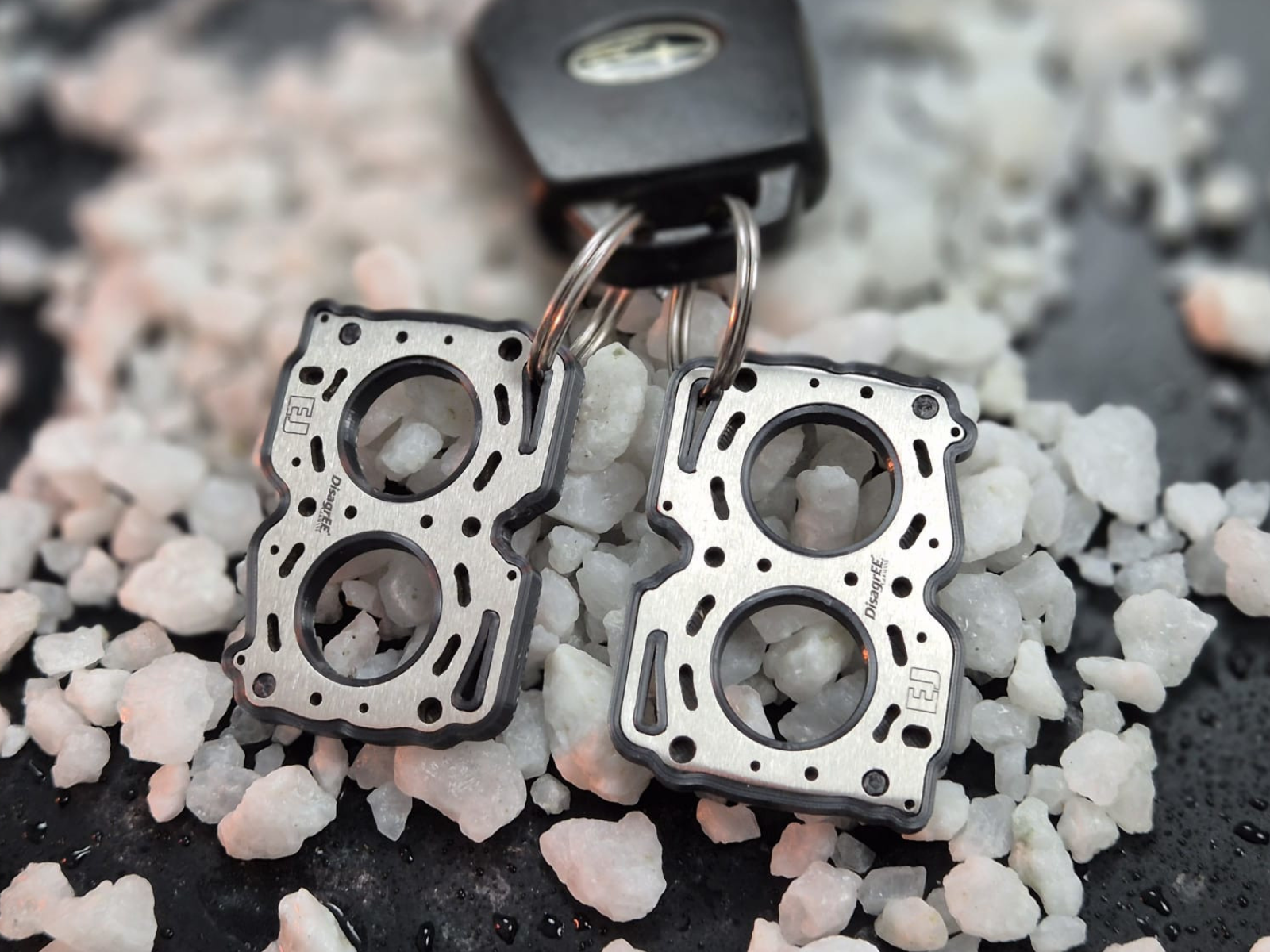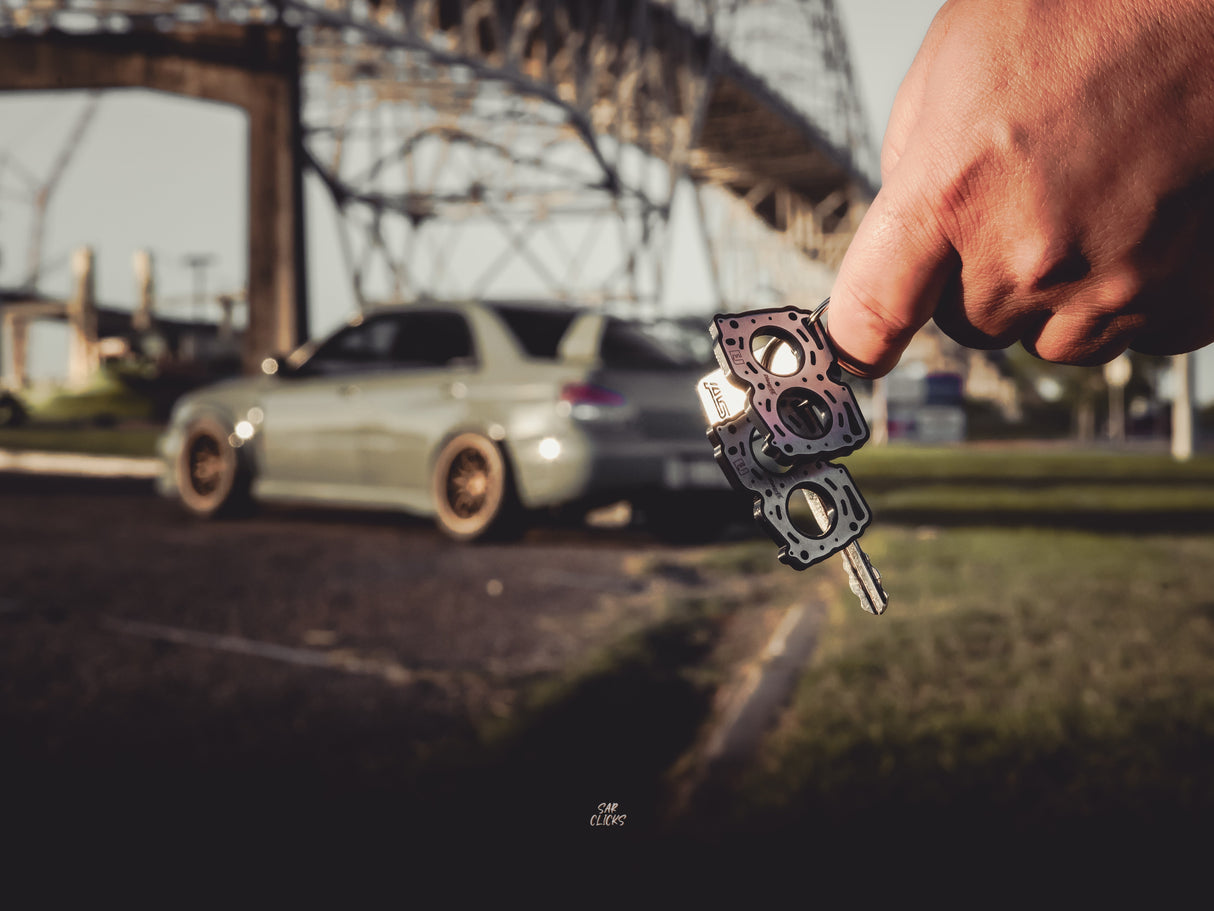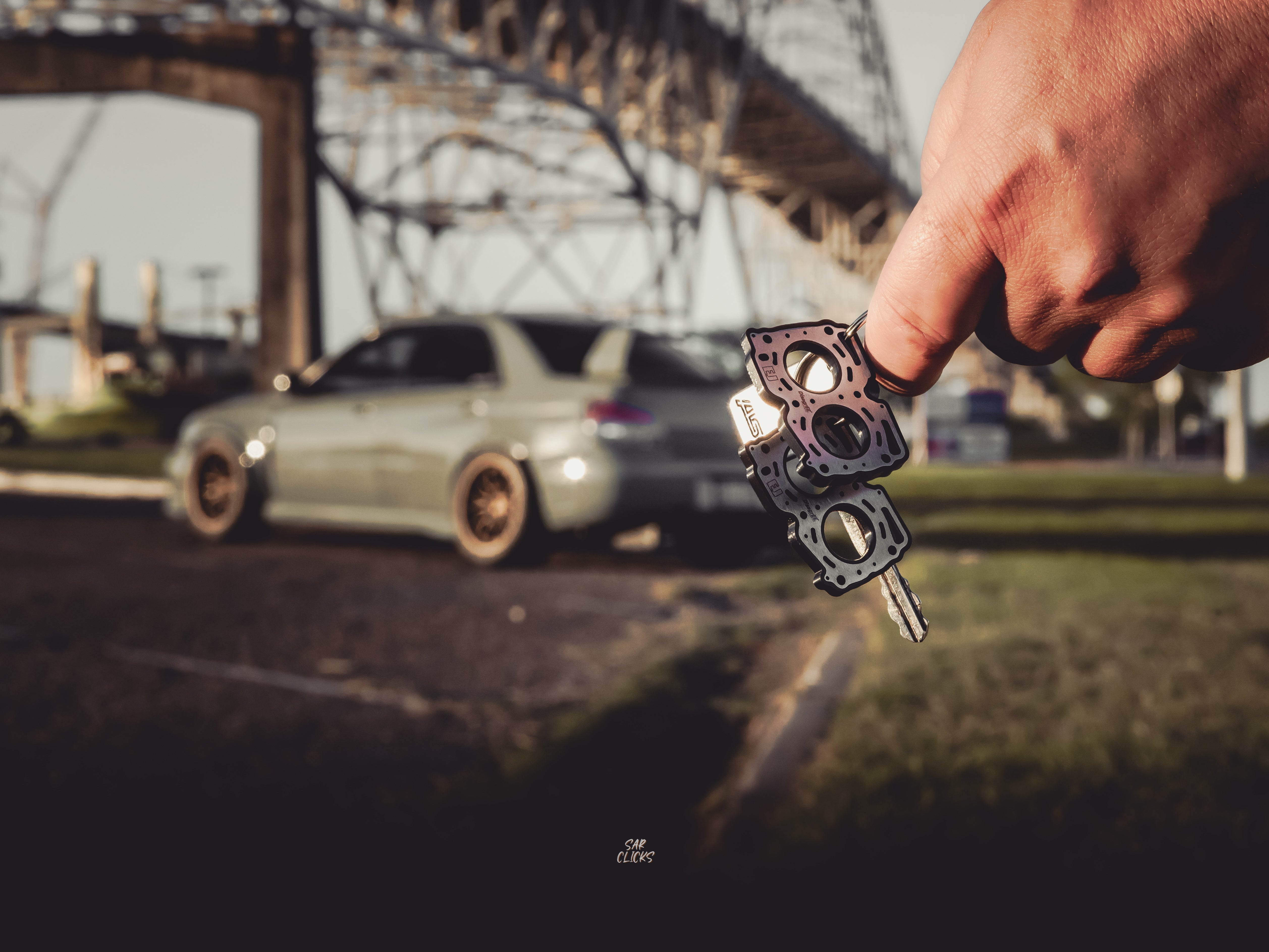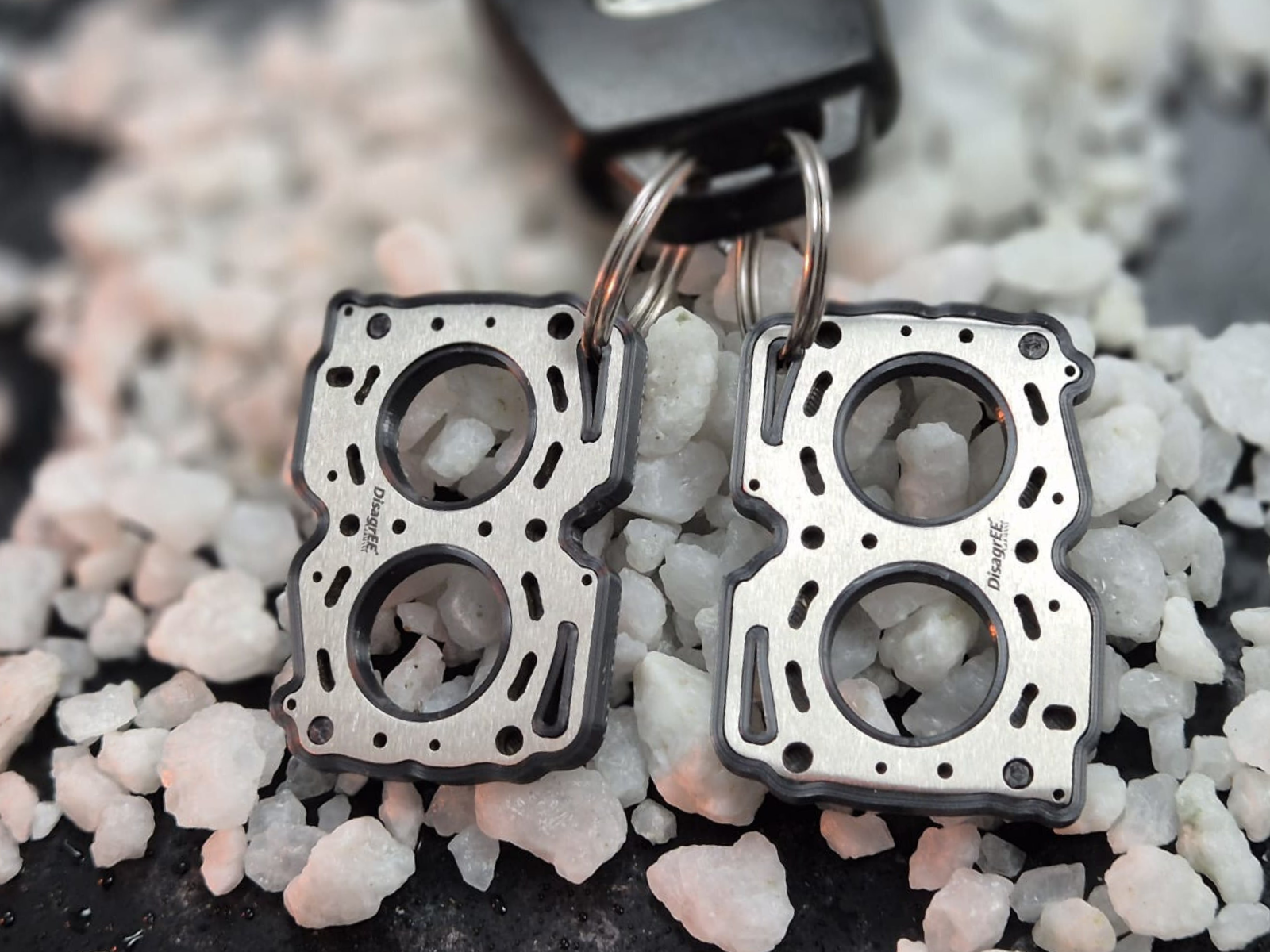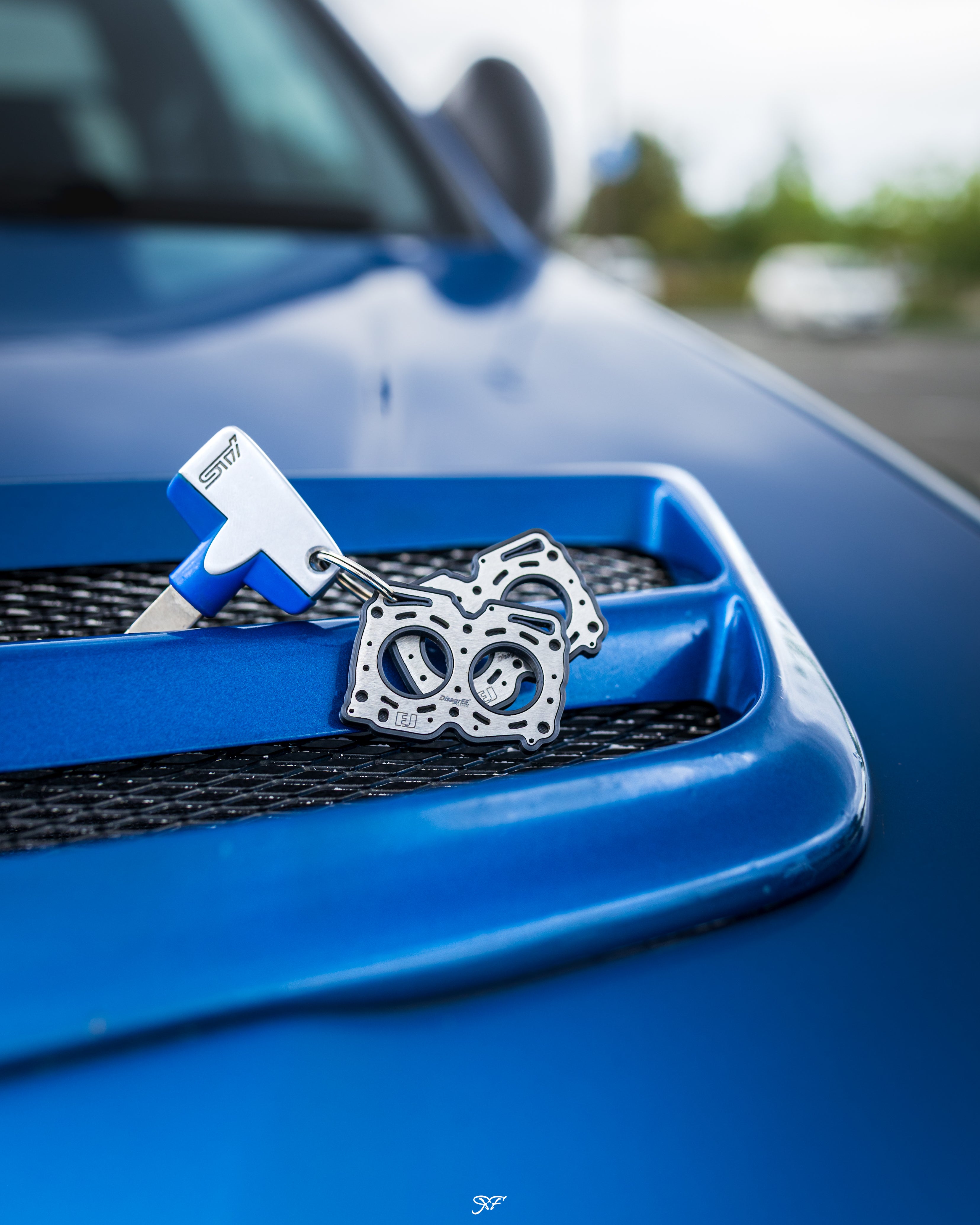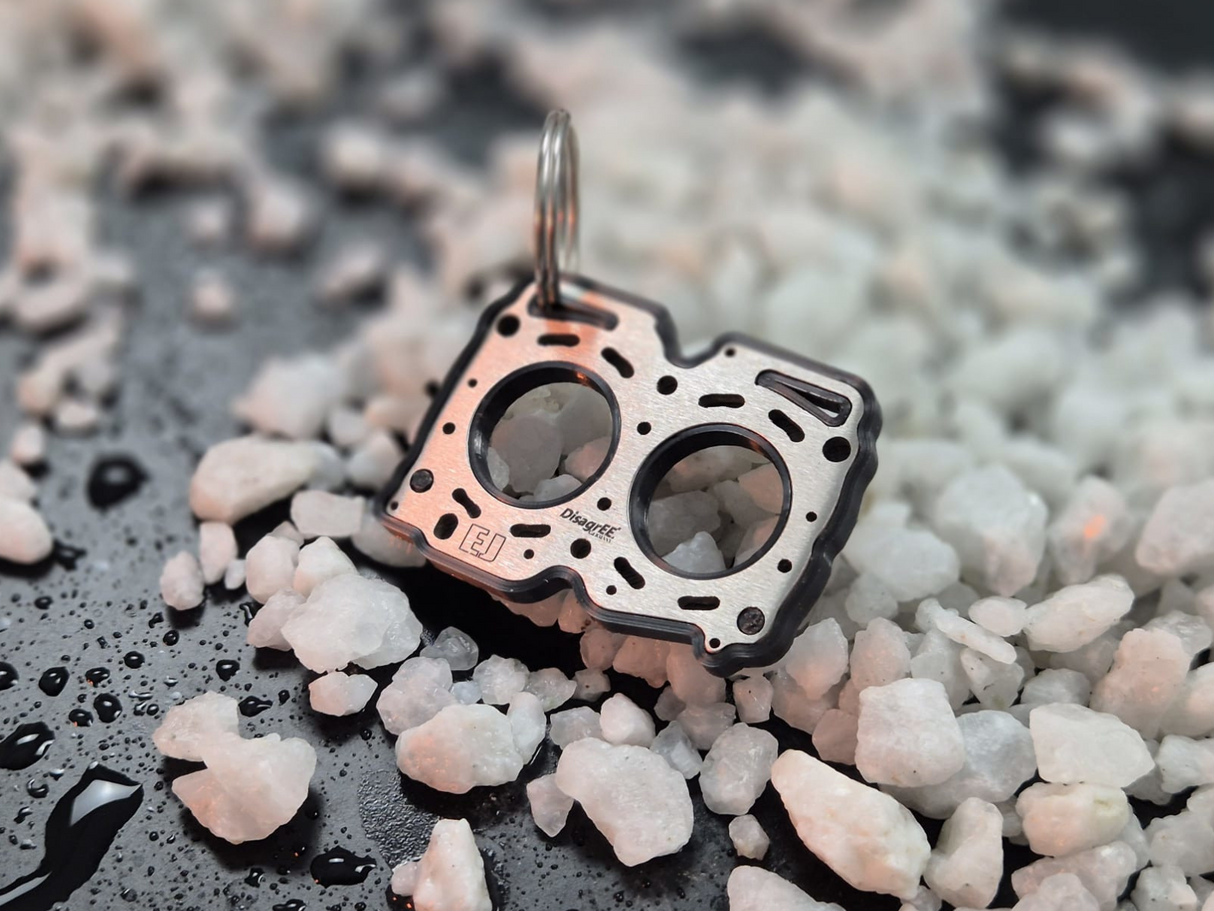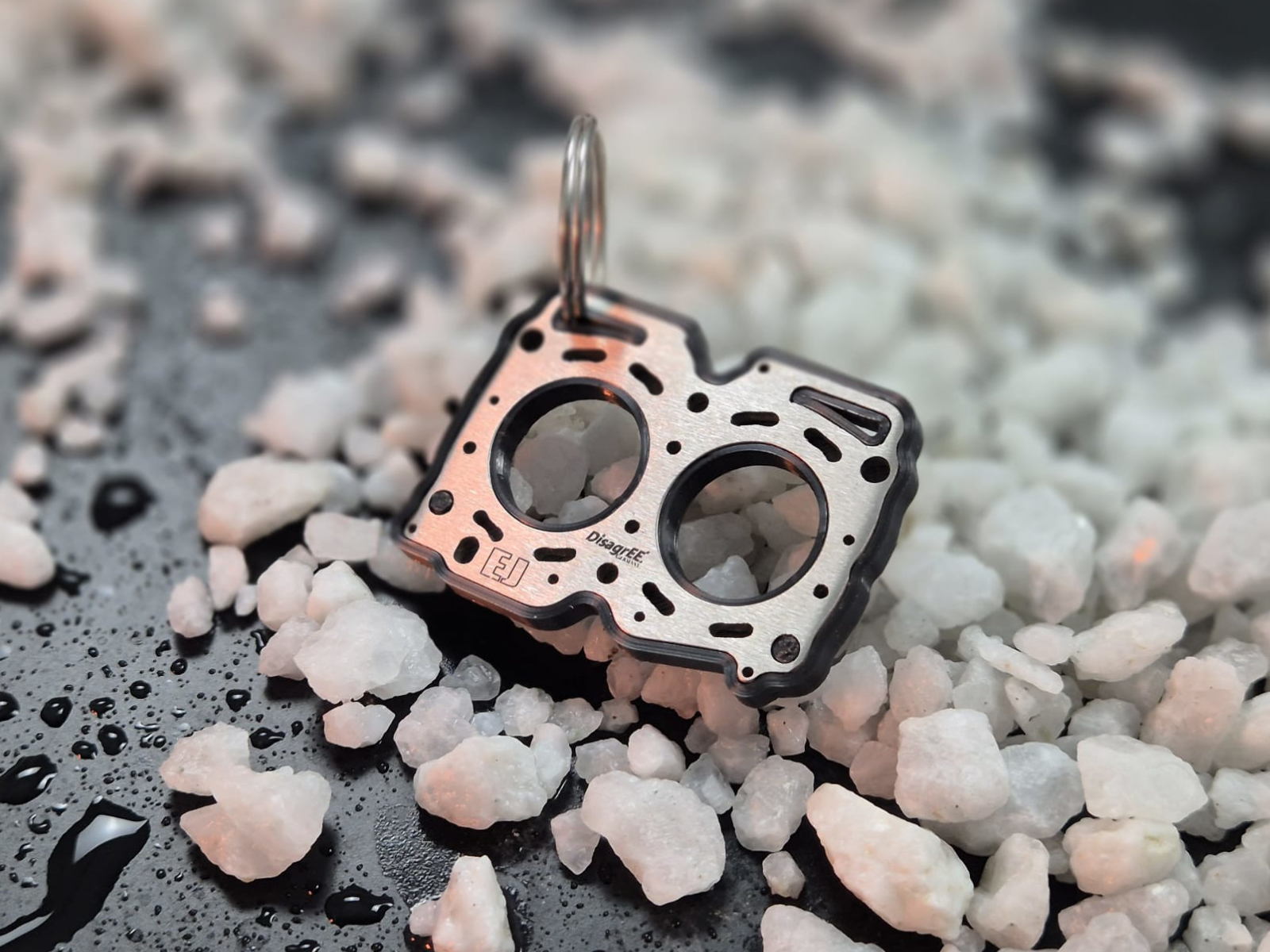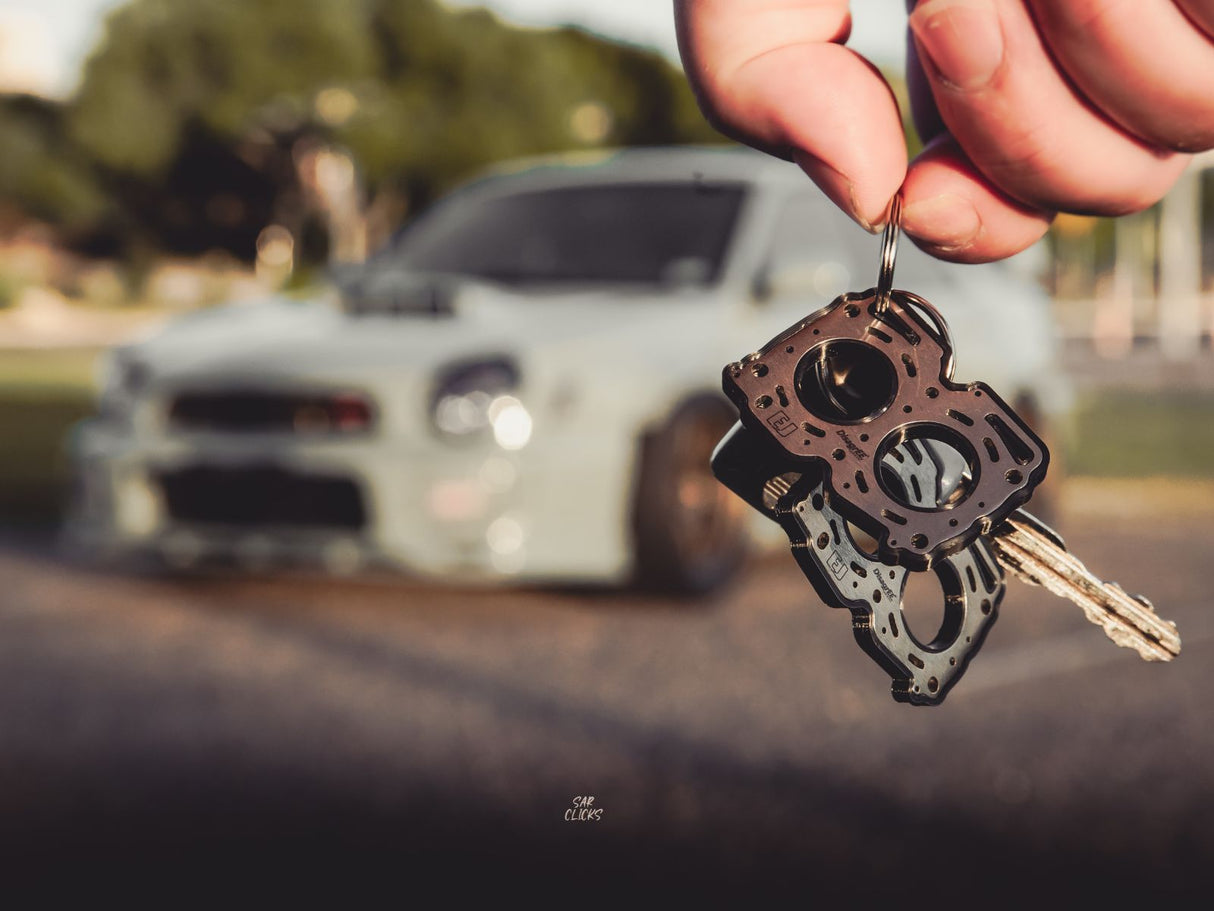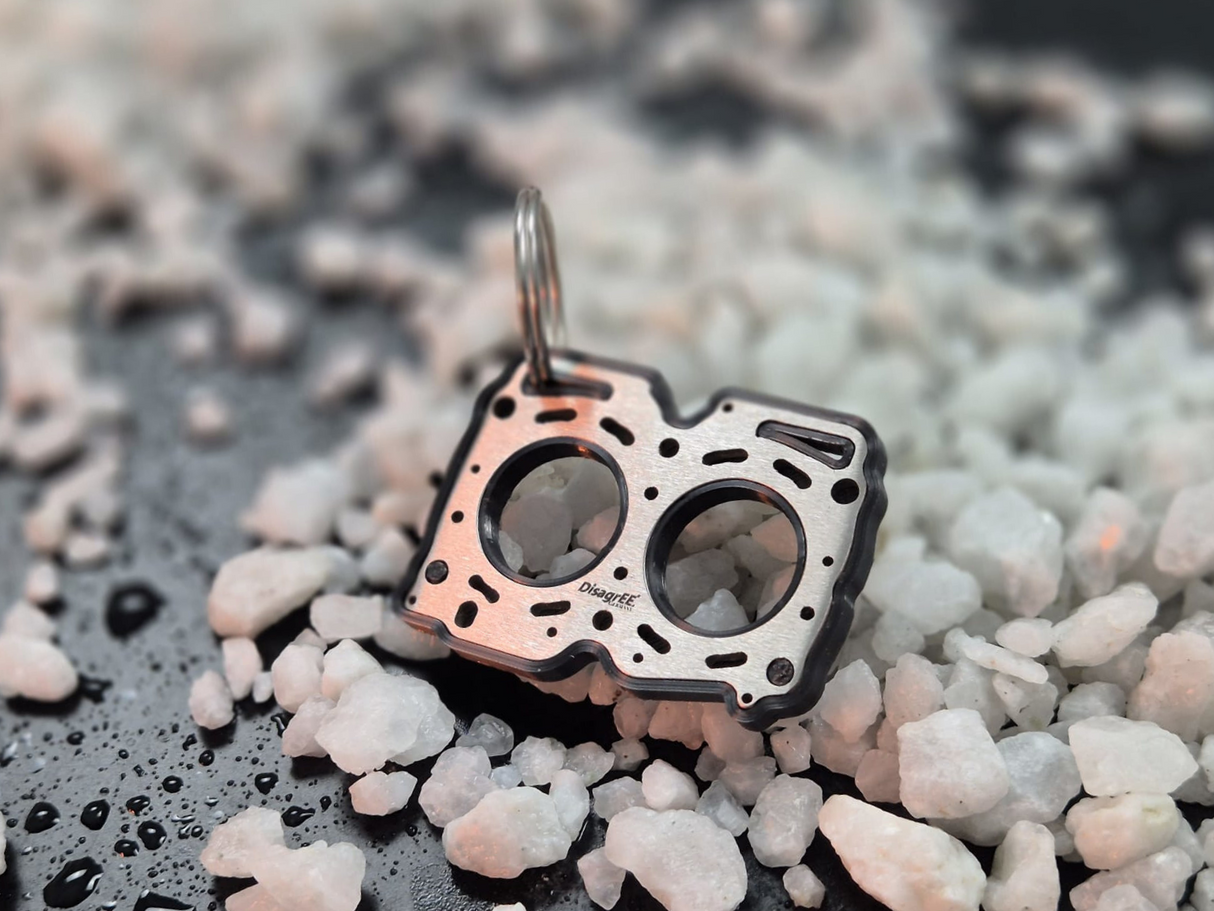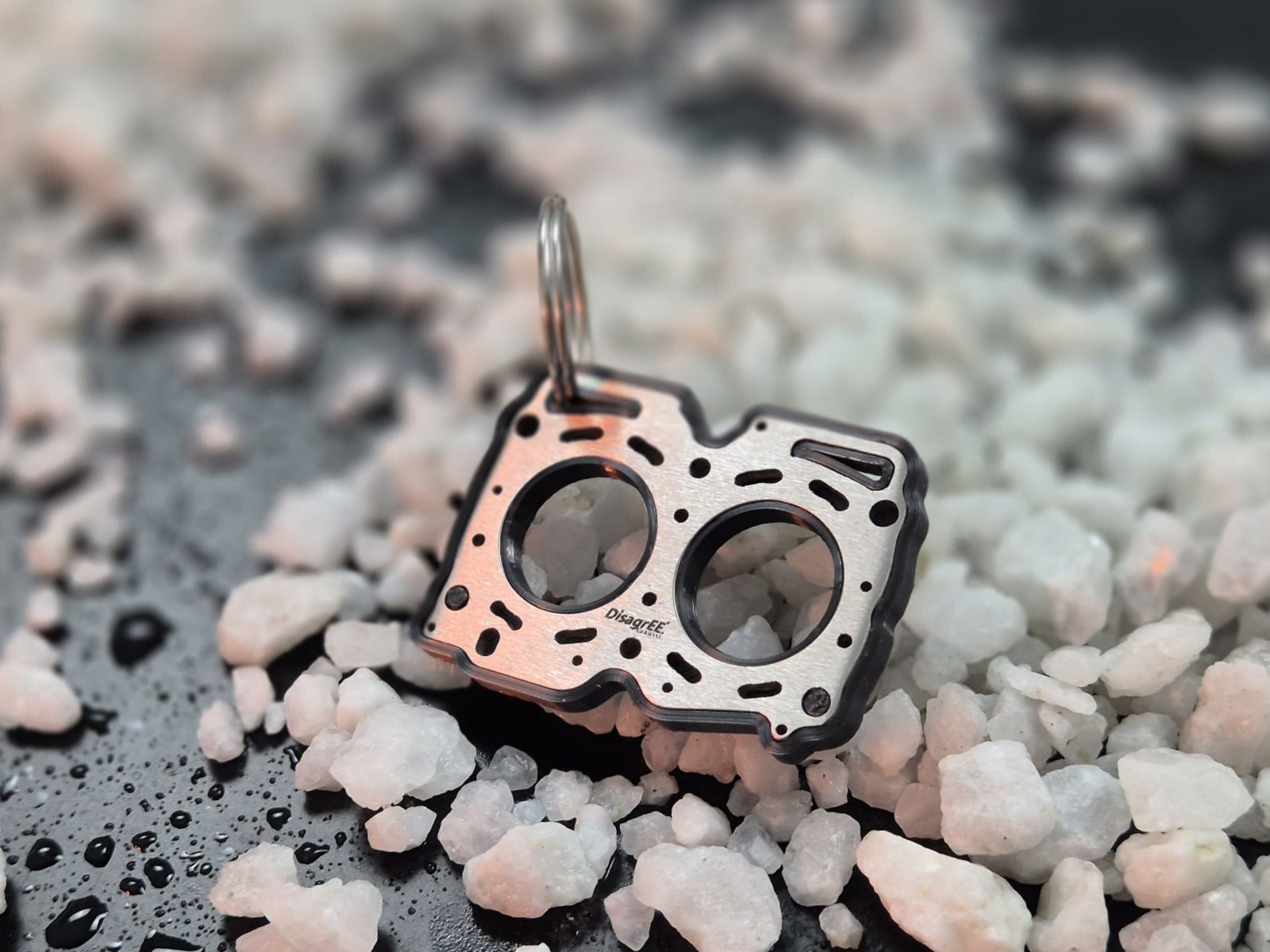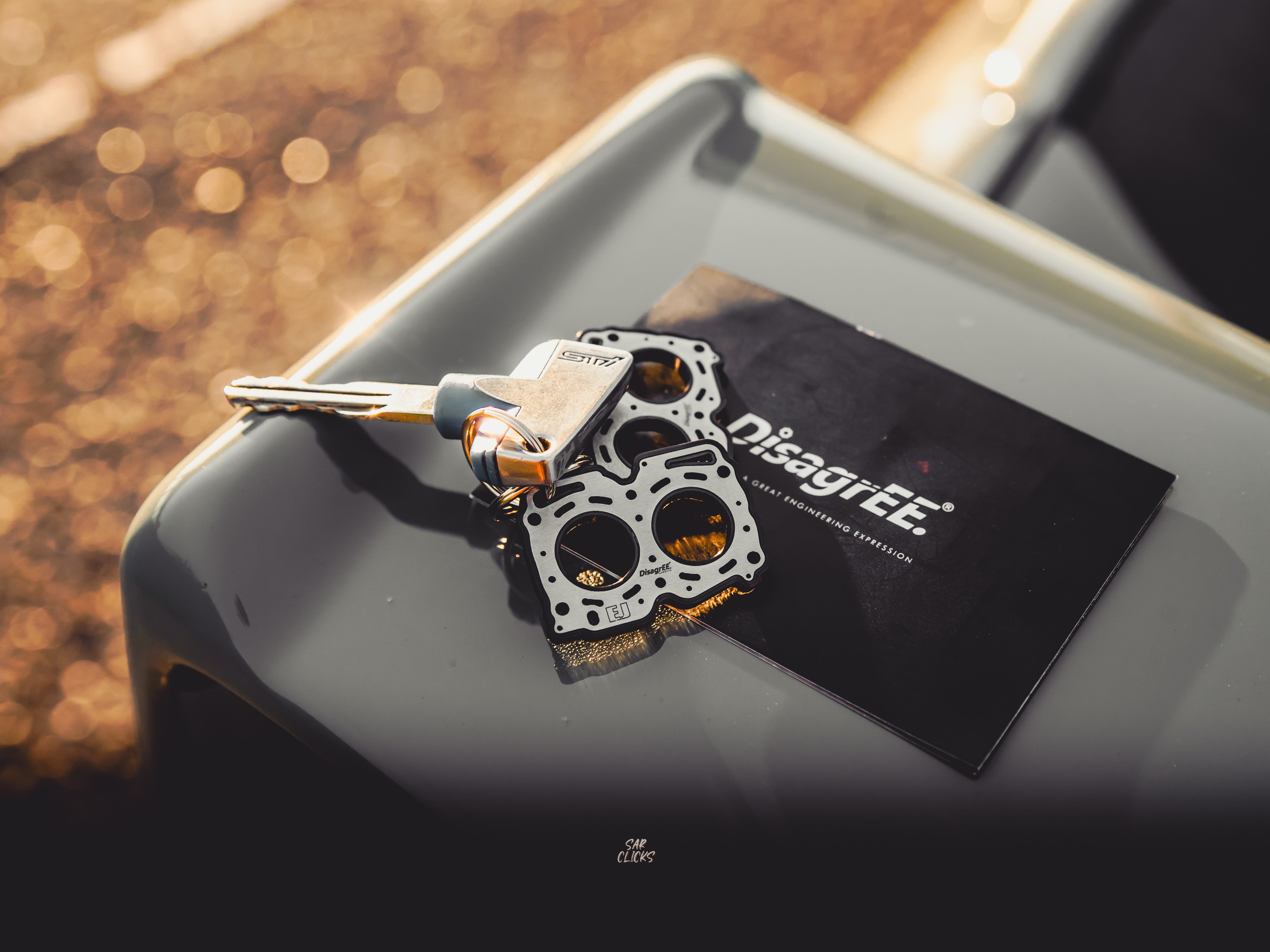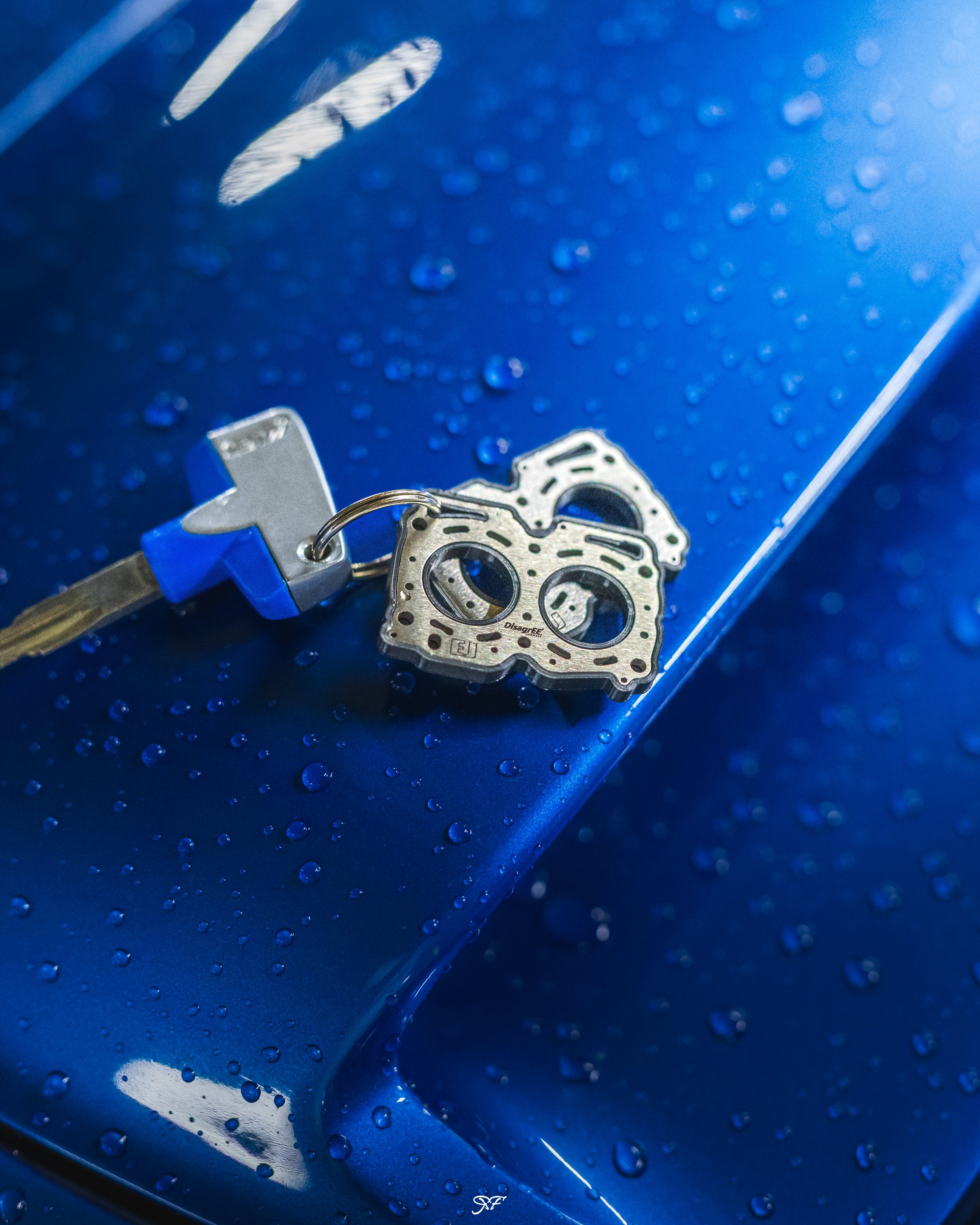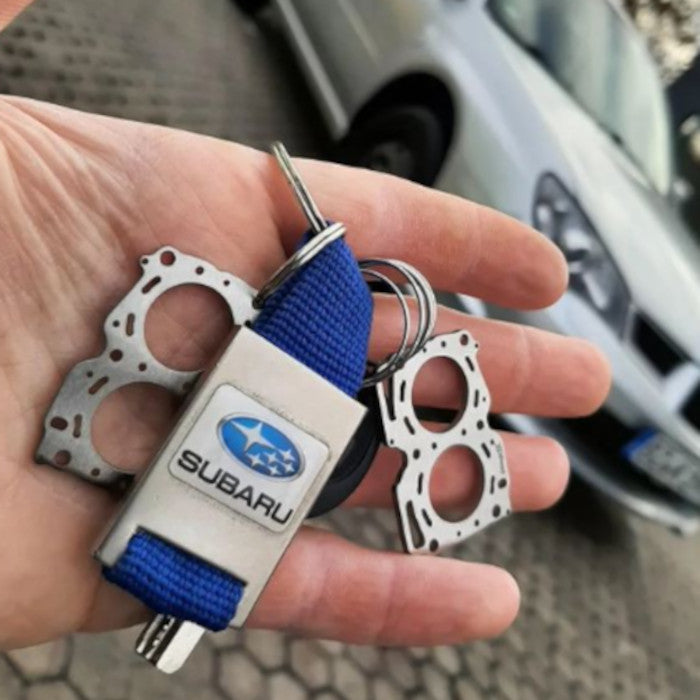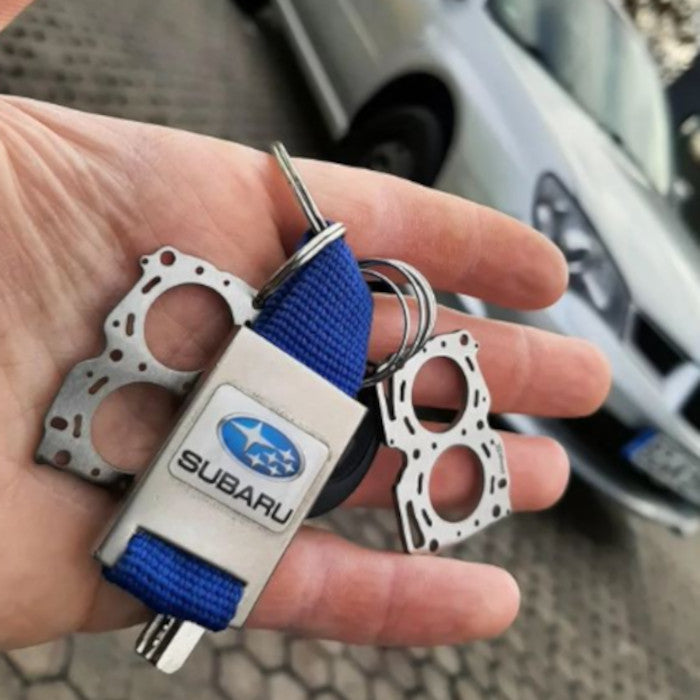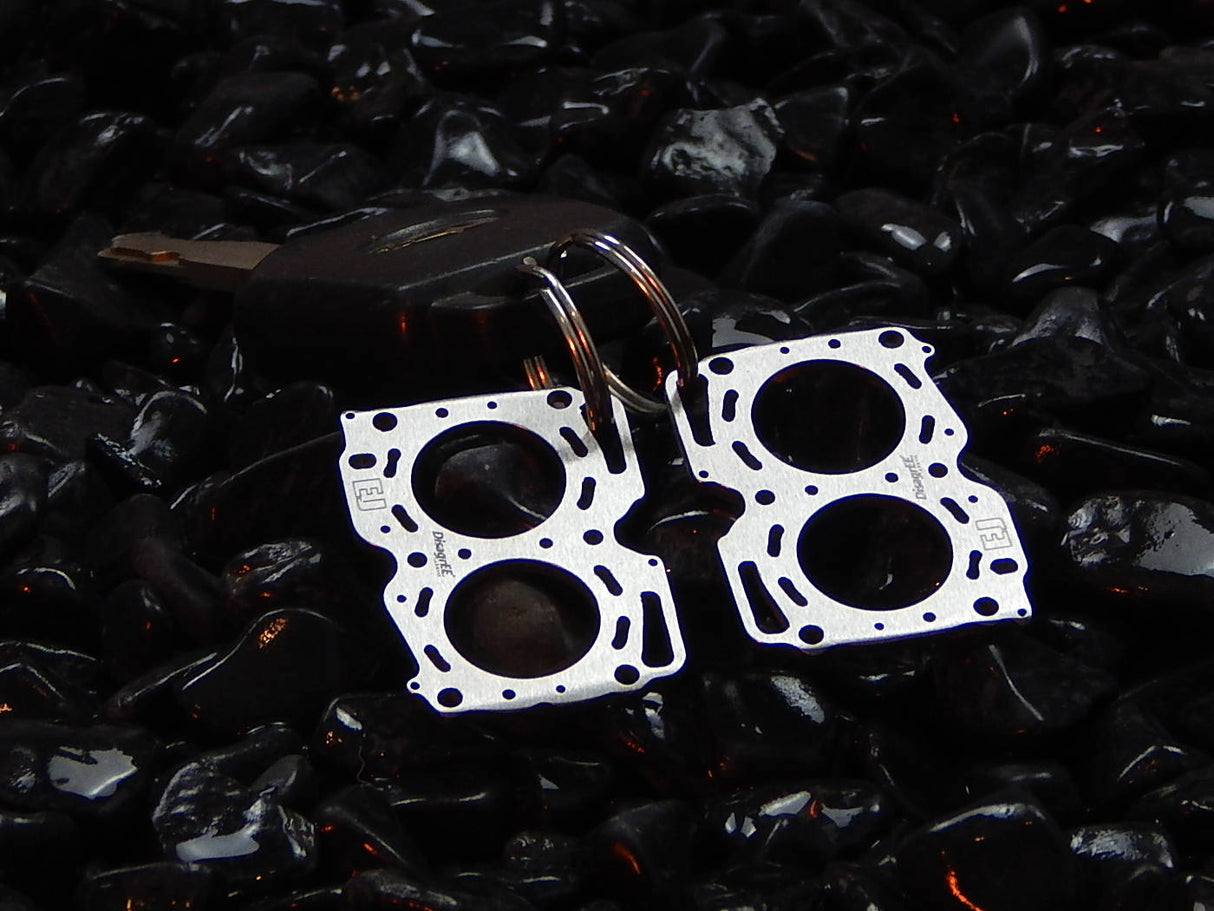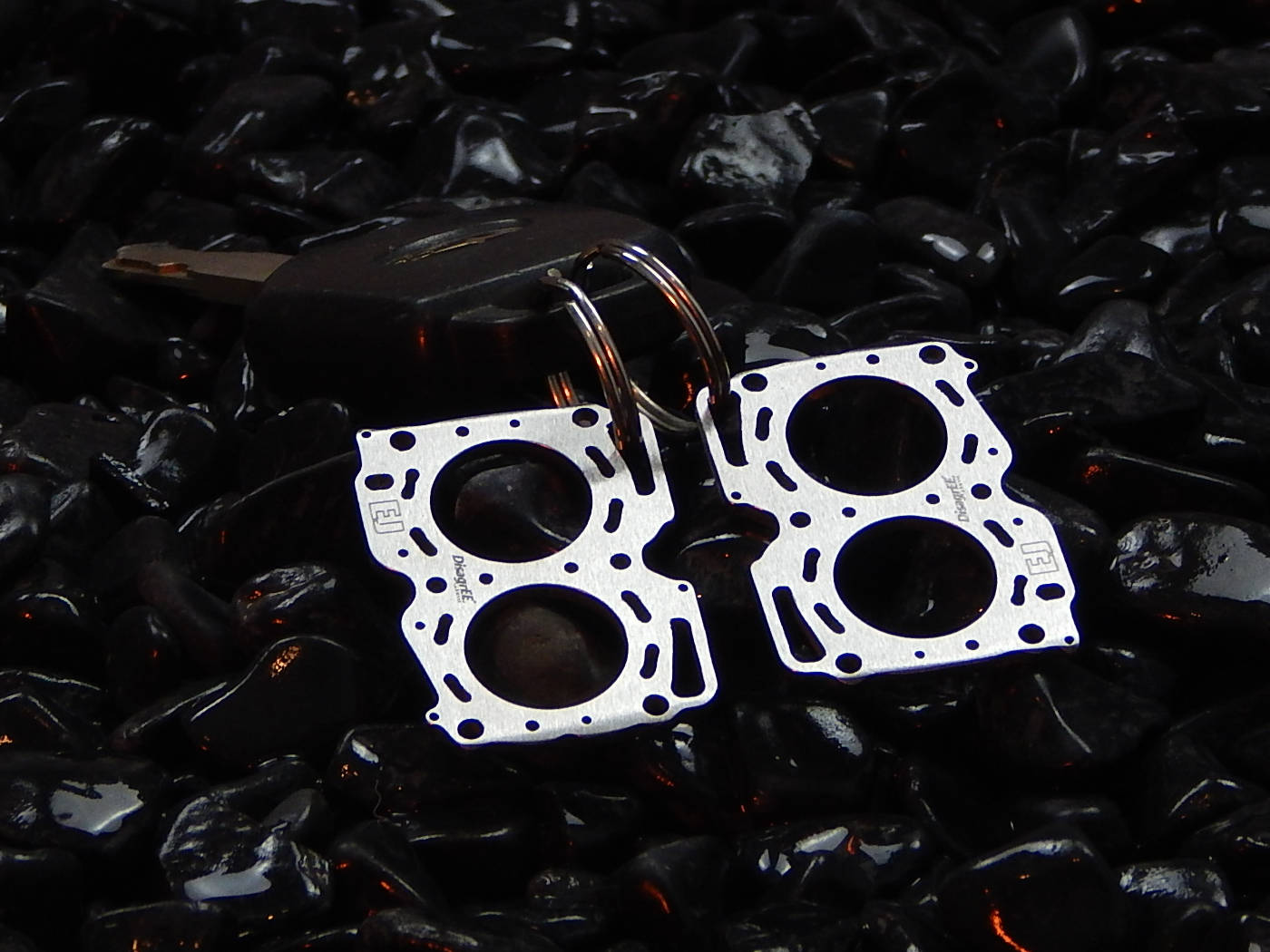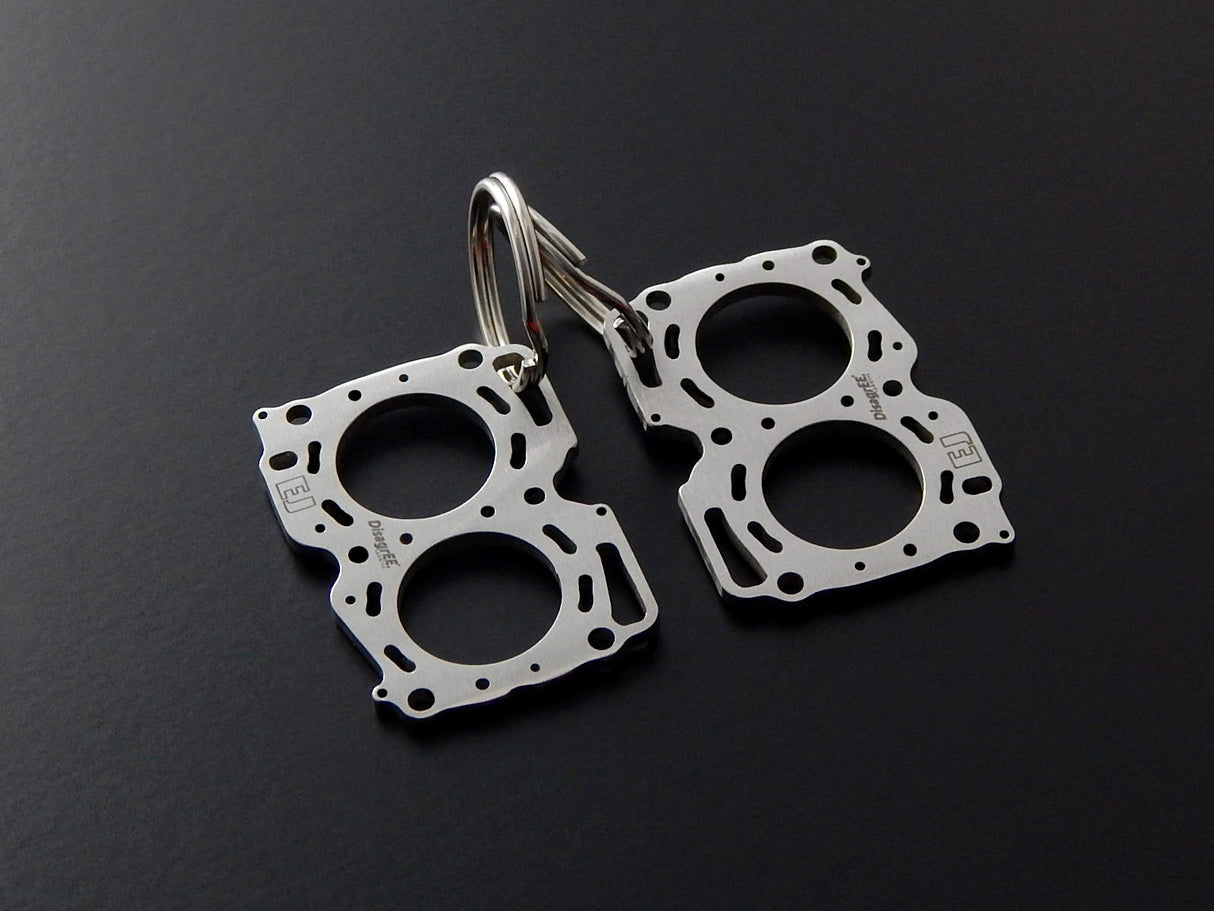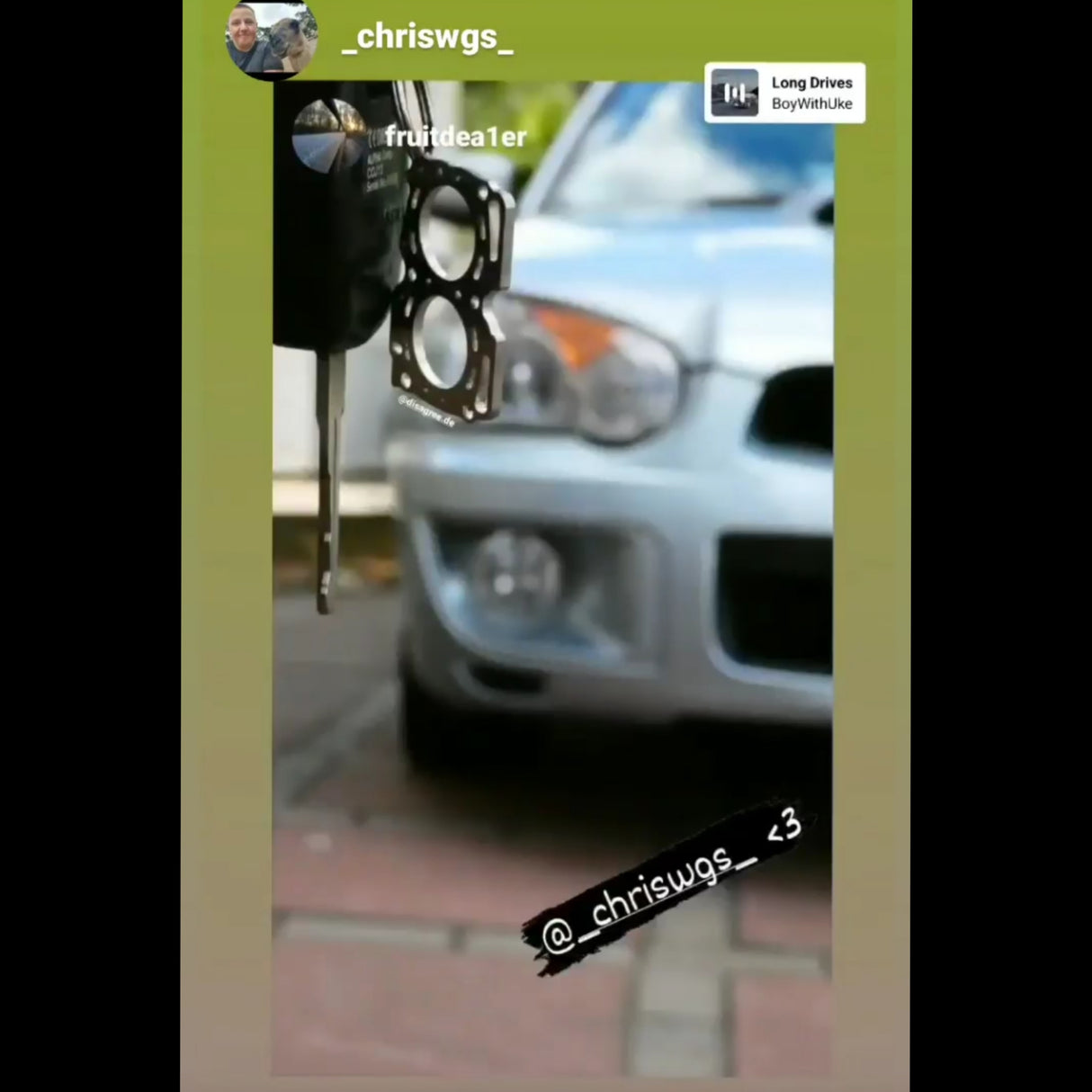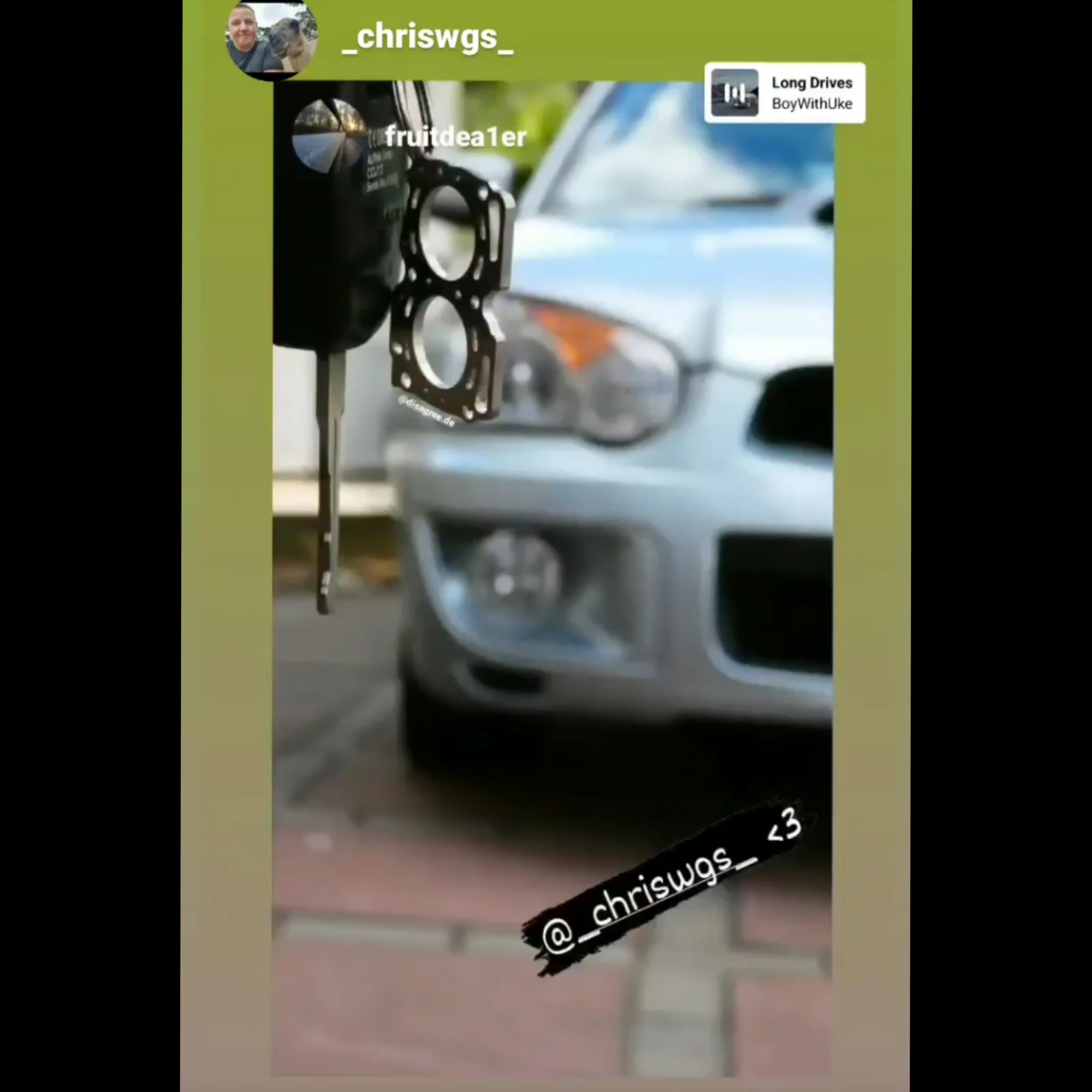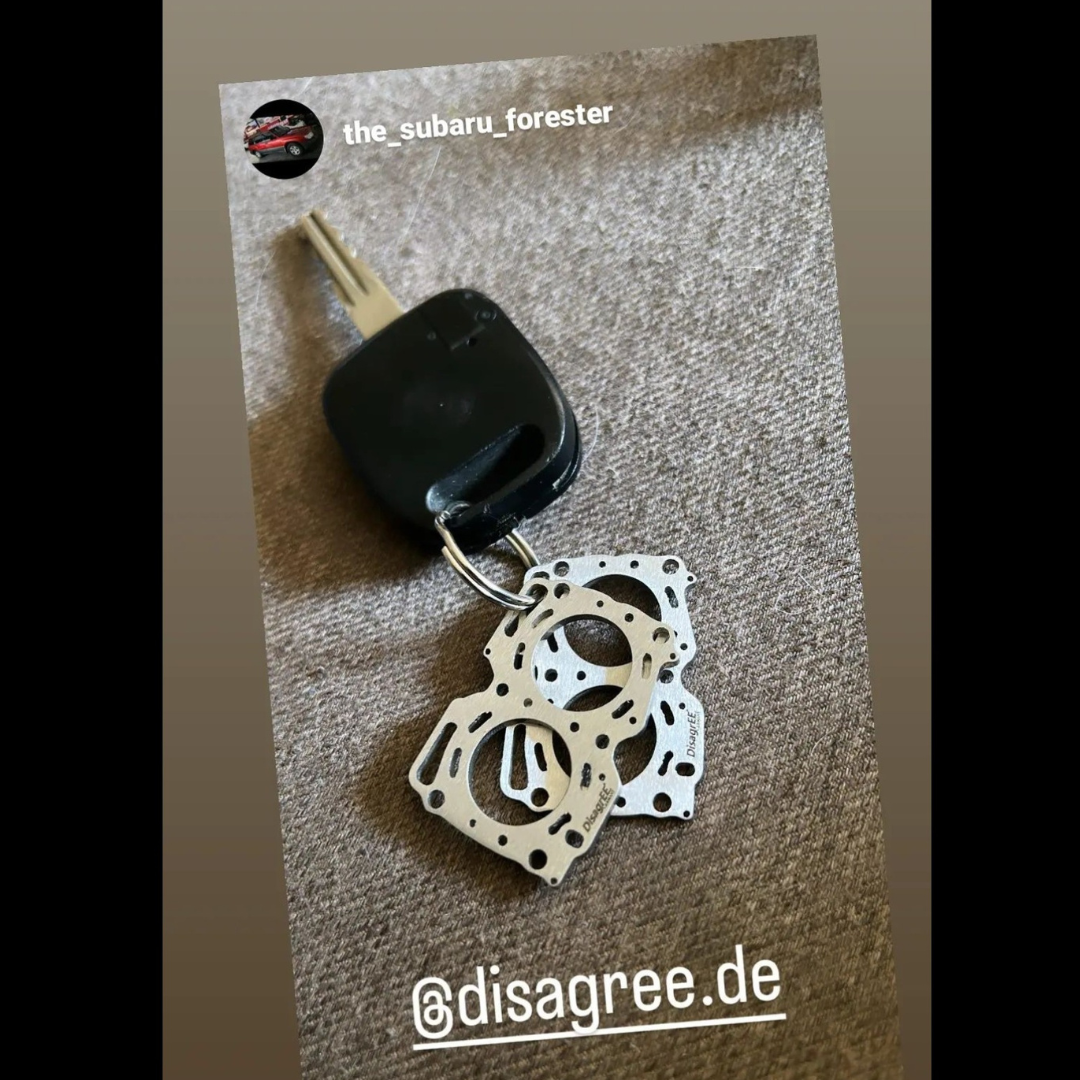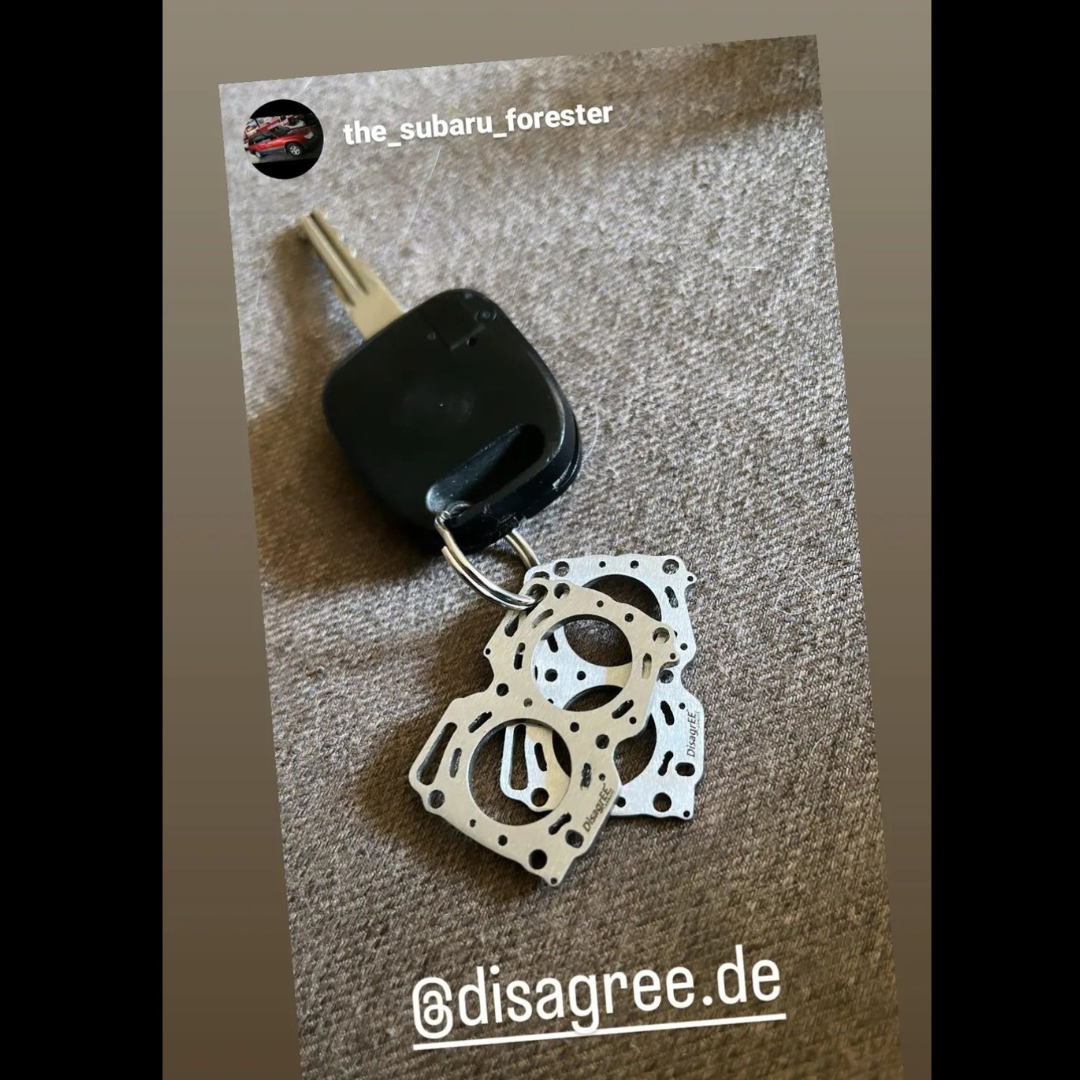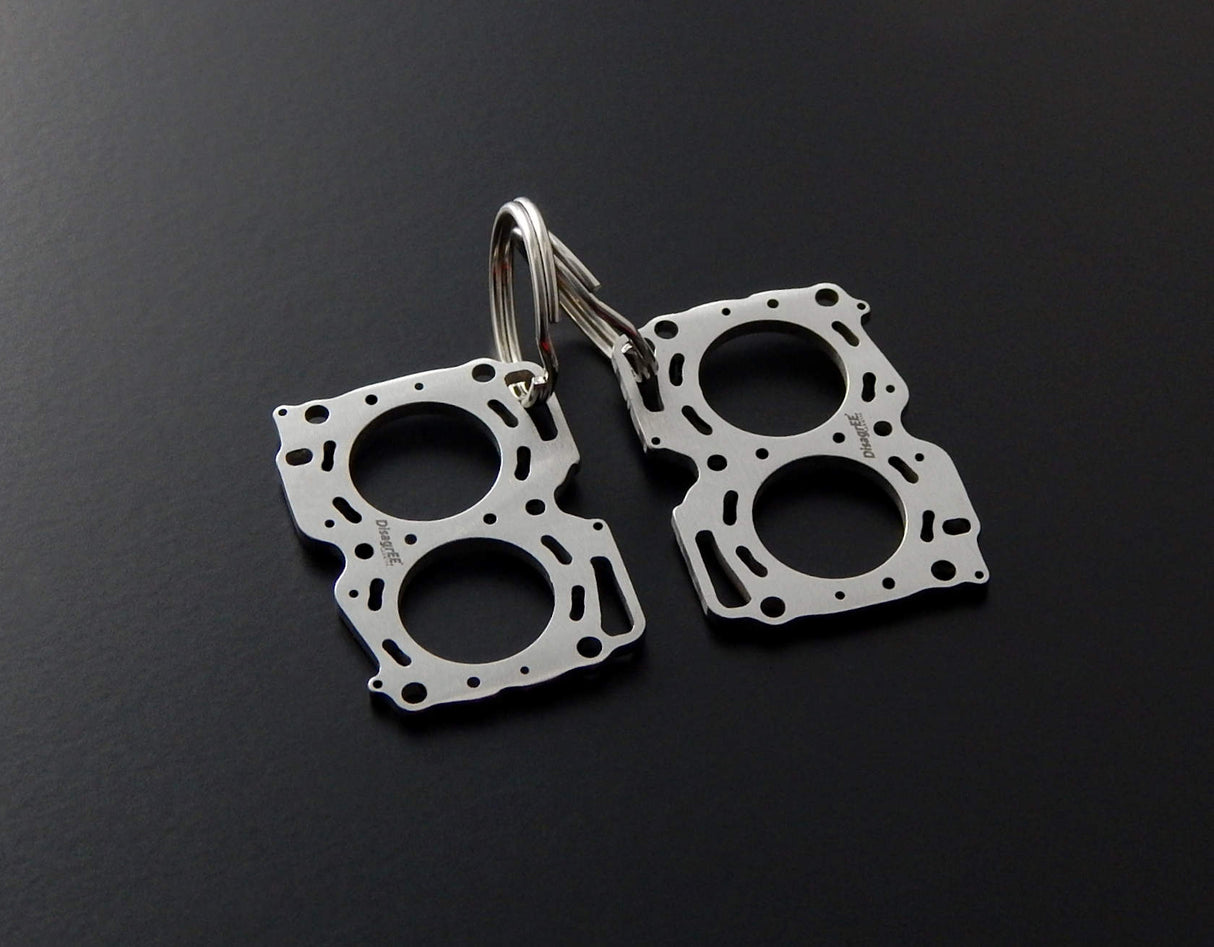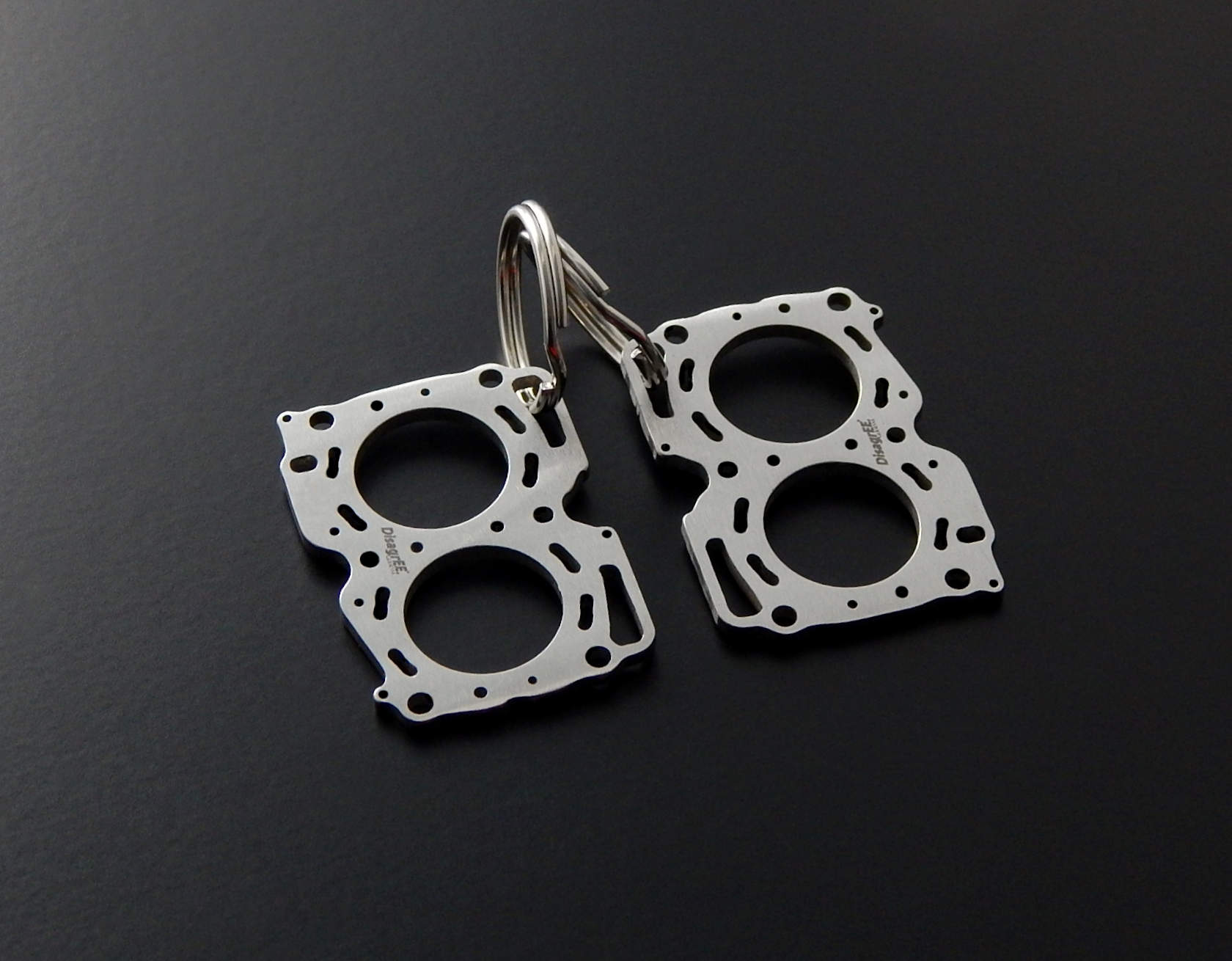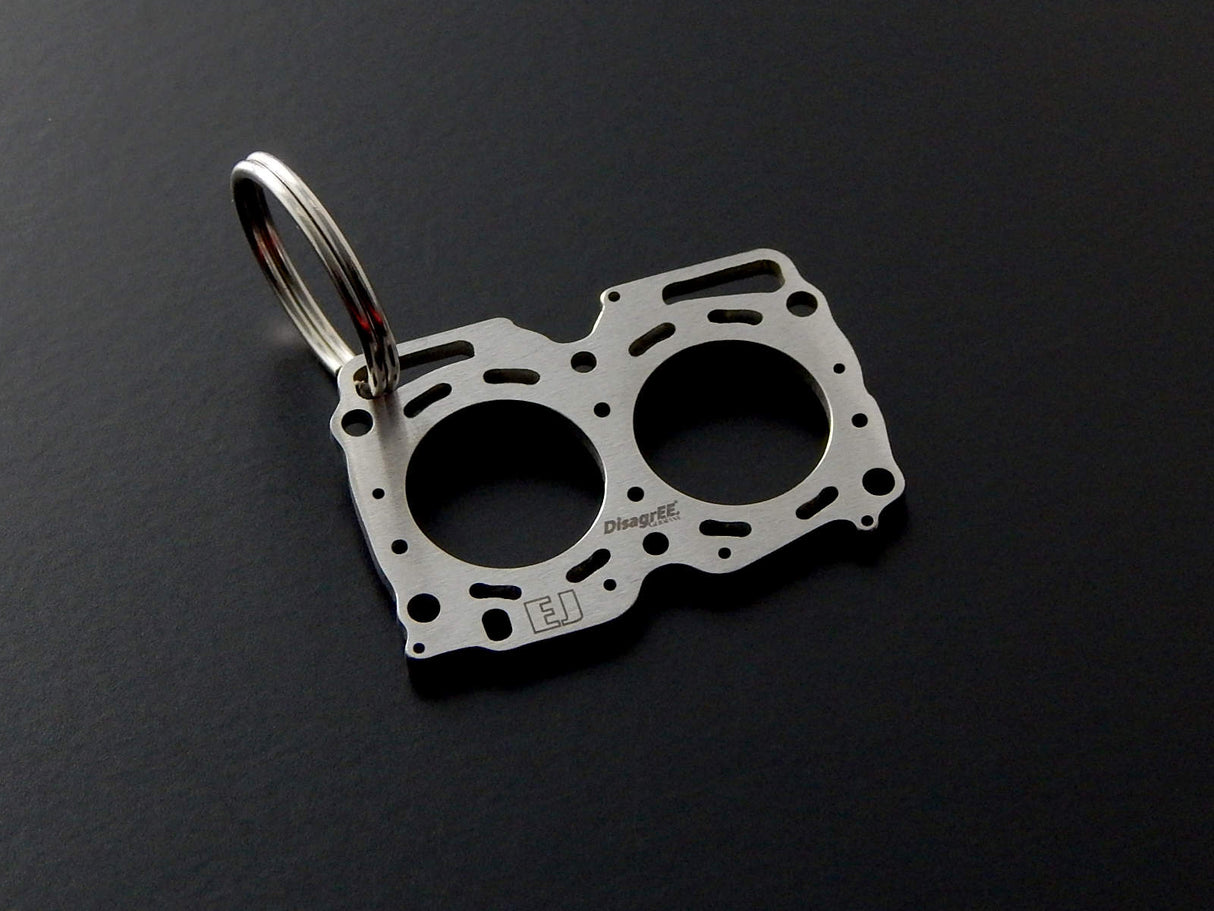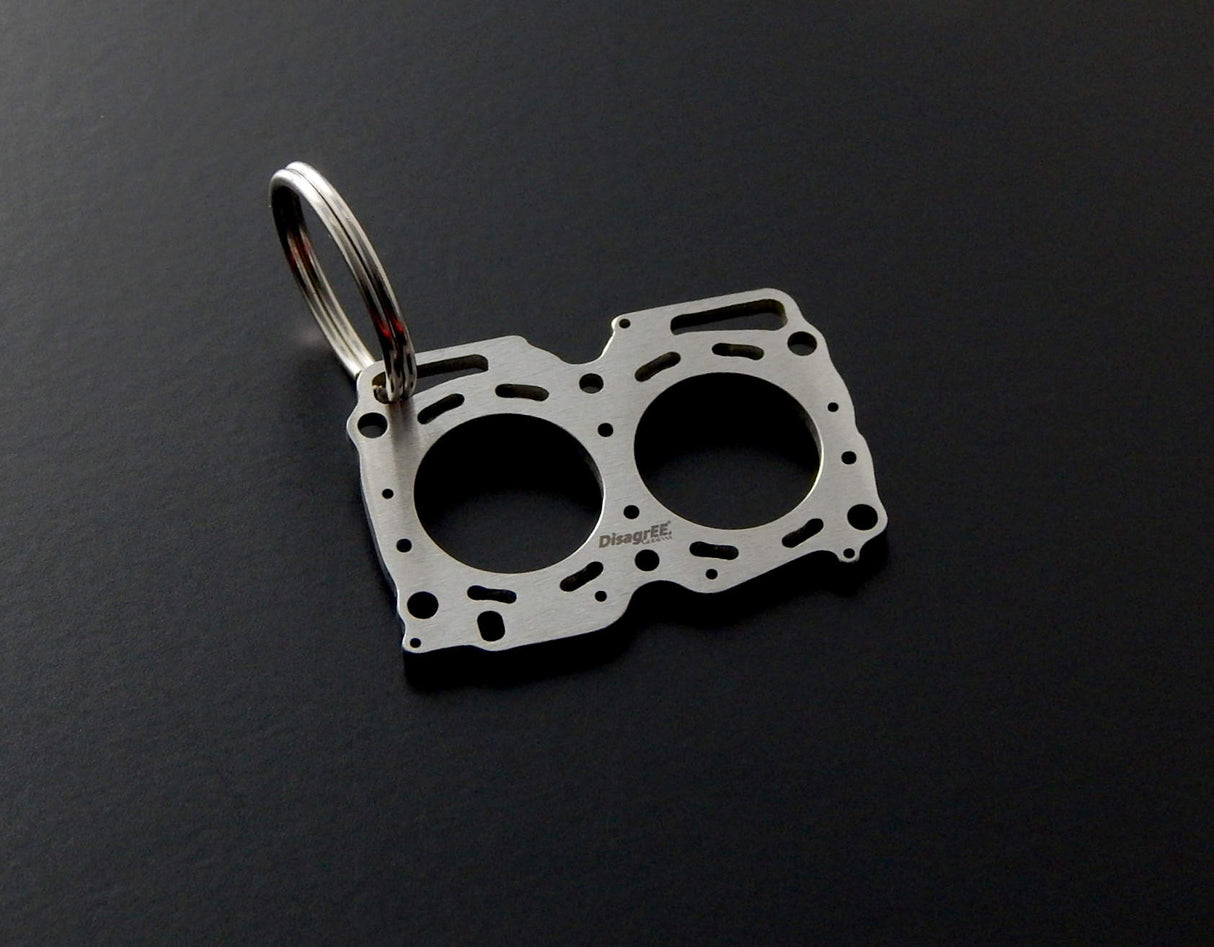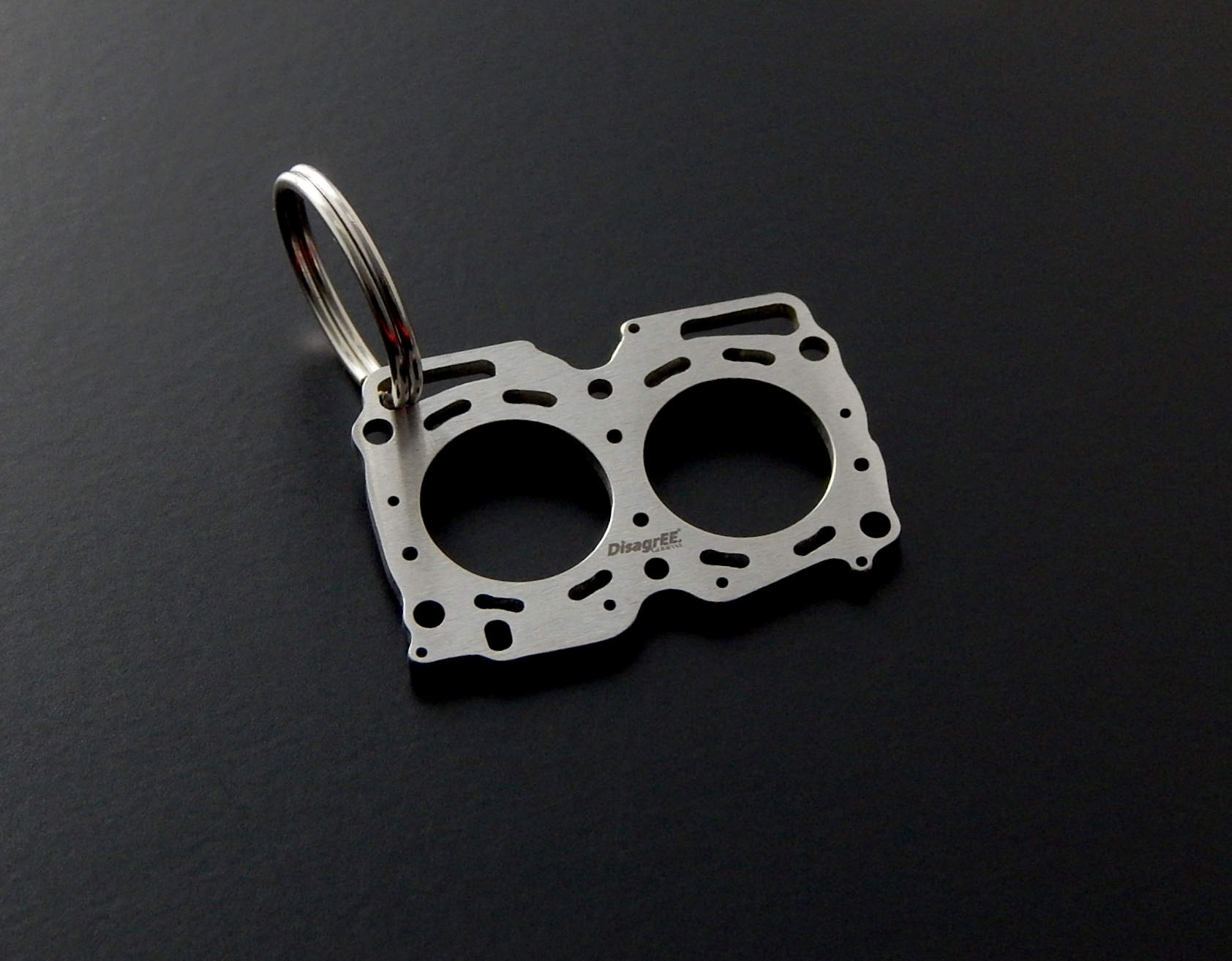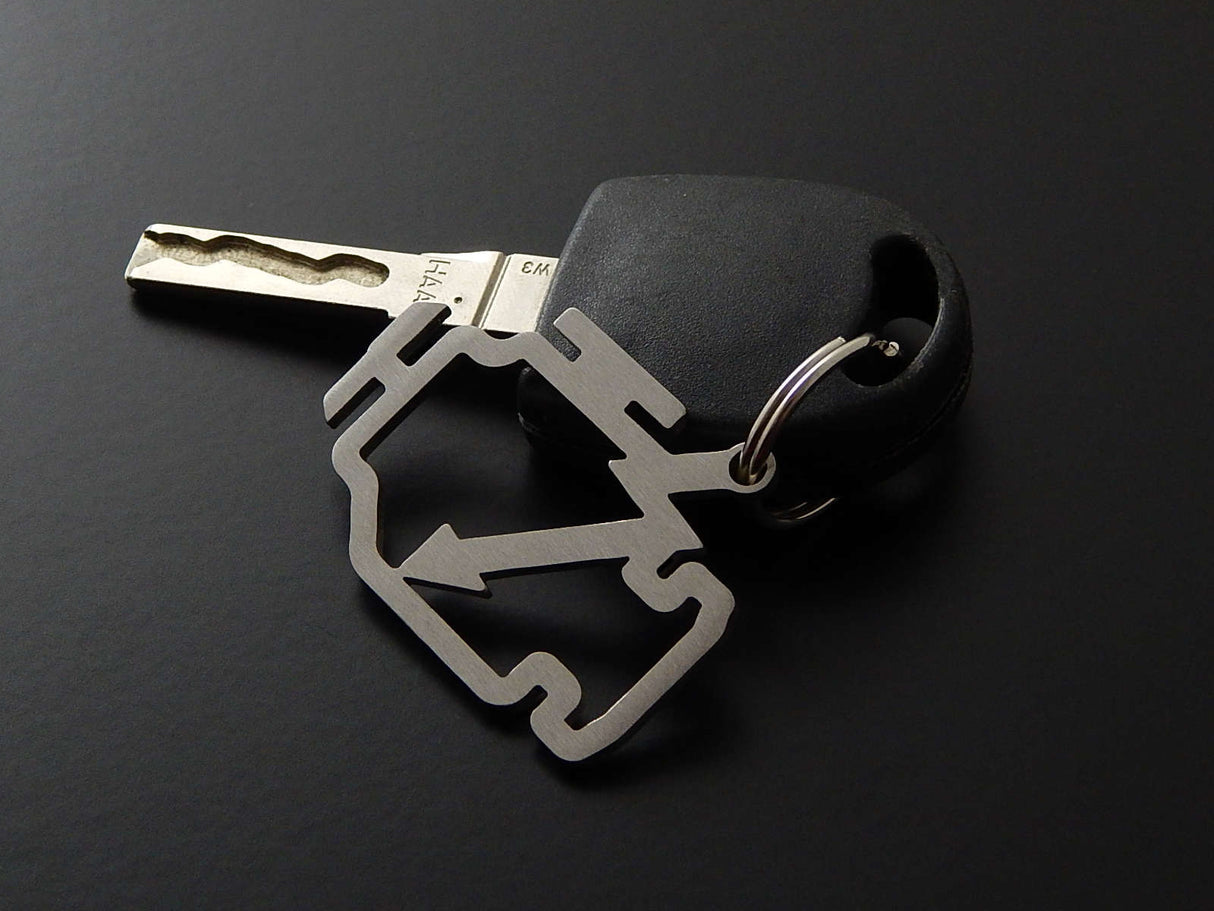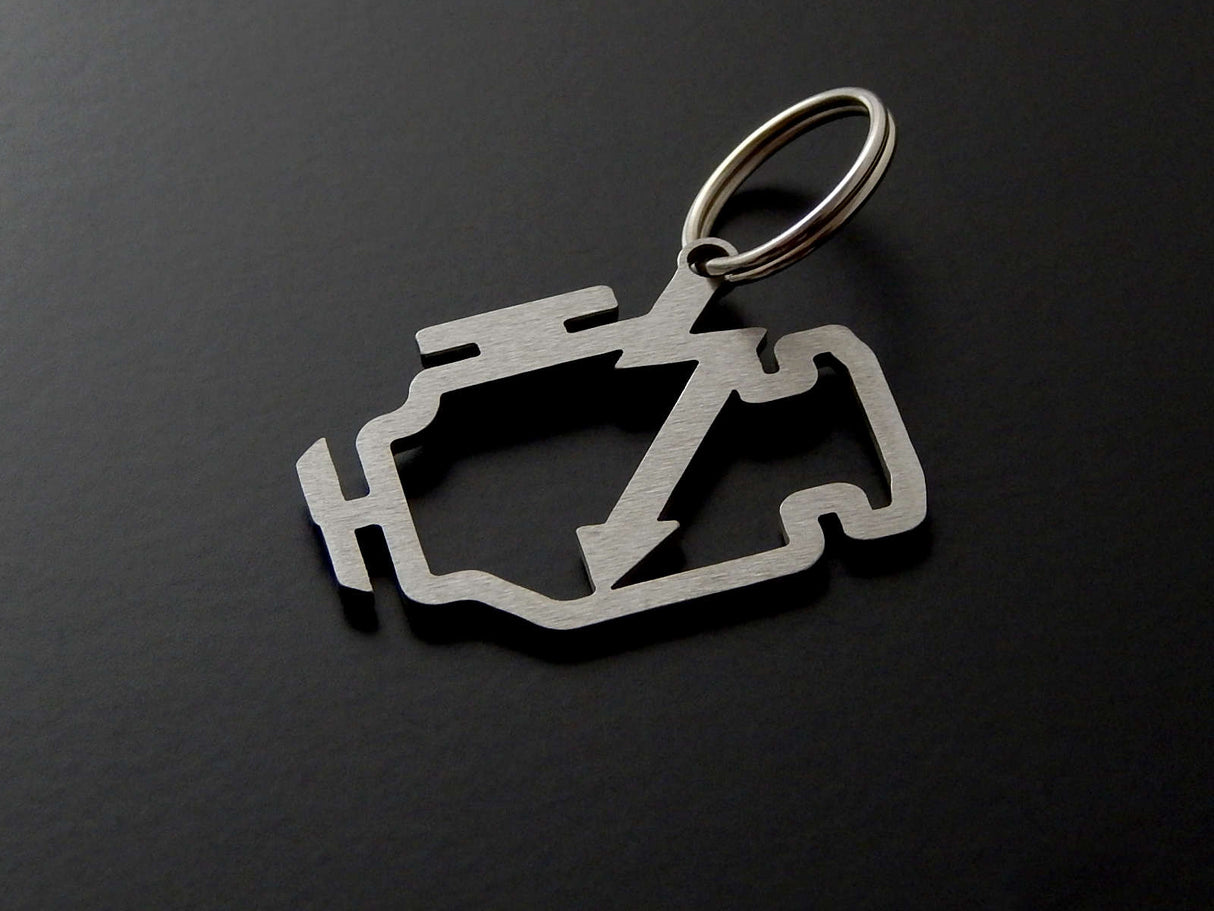Boxer DNA with Character
The Subaru EJ engine family is deeply rooted in automotive history – and forever linked to Subaru’s legendary rally success. Introduced in 1989 with the EJ18, the EJ series became iconic through its turbocharged variants like the EJ20 and EJ25 found in WRX and STi models.

A Technical Outlier
Unlike most production engines, the EJ is a horizontally opposed boxer engine. This design offers a low center of gravity, excellent balance, and a unique exhaust note loved by enthusiasts. Built with aluminum construction, SOHC or DOHC layouts, and frequent turbocharging, the EJ combines durability with a high-performance edge.
The turbo variants such as EJ205, EJ207 (JDM), and EJ255/257 (US) deliver responsive throttle feel and proven strength – no wonder they’re still a favorite in tuning circles and motorsports.
Known Weak Points – and Solutions
As popular as they are, EJ engines aren’t without issues:
-
Head gasket failures (especially in EJ25): often due to thermal cycling and material stress
-
Crankshaft position sensor failures
-
Oil consumption at higher mileage
However, many of these can be mitigated with reinforced gaskets, routine maintenance, and careful driving.

Common Vehicles Using EJ Engines:
-
Subaru Impreza WRX / WRX STi (EJ20/EJ25)
-
Legacy GT / Outback XT (EJ25 turbo)
-
Forester XT
-
Various JDM specials using EJ207 or EJ20TT
A Head Gasket with a Story
The EJ’s head gasket reveals its character: a symmetrical boxer layout, four cylinders flat-opposed, optimized flow for coolant and oil. Recognizing it means you speak the language of engines. Wearing it means you stand for it.


